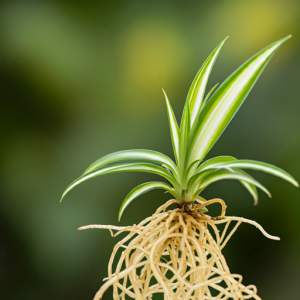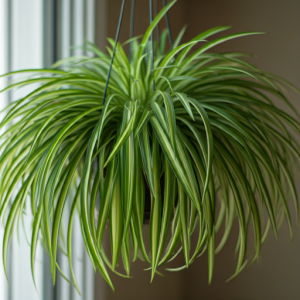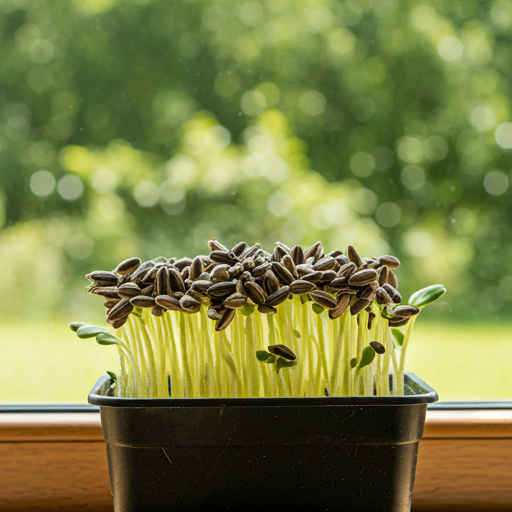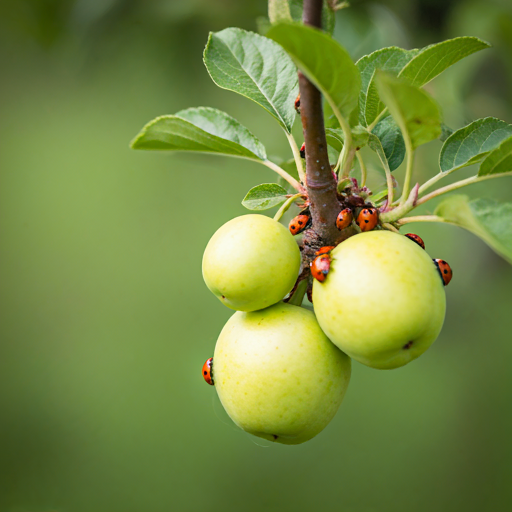Propagating Spider Plants in Water: A Beginner’s Guide
 Hey there, fellow plant lovers! I’m always on the lookout for easy and rewarding ways to grow new plants. And let me tell you, propagating spider plants in water is definitely one of them! It’s so simple, even a newbie like me can do it.
Hey there, fellow plant lovers! I’m always on the lookout for easy and rewarding ways to grow new plants. And let me tell you, propagating spider plants in water is definitely one of them! It’s so simple, even a newbie like me can do it.
Spider plants, with their cascading foliage and cute little spiderettes, are a classic houseplant choice. They’re easy to care for, air-purifying, and surprisingly easy to propagate. This means you can turn one plant into many, giving you a whole army of greenery to fill your home or share with friends.
I’ve been amazed at how quickly and effortlessly these little spiderettes grow into beautiful, full plants. It’s incredibly satisfying to watch new life emerge from a few simple steps. So, let’s dive in and discover the magic of propagating spider plants in water.
Choosing the Right Plantlets
The first step is to find the right plantlets, or baby spider plants. These are the little offshoots that grow on the main plant, usually with their own roots already forming. Look for healthy plantlets that are at least a couple of inches long with a few good roots.
Don’t worry if the roots are still small; they’ll grow quickly in water. If your spider plant doesn’t have any plantlets, you can encourage them to grow by cutting off some of the flowering stalks. This will usually trigger the plant to produce more spiderettes.
Preparing the Water
For the propagation process, you’ll want to use clean, room-temperature water. You can use tap water, but letting it sit for a day or two to let any chlorine evaporate is a good idea.
Now, find a clear glass or jar that’s tall enough to hold the plantlet comfortably. You want to make sure the roots are submerged in water but the leaves are above the waterline. Don’t worry, it’s not an exact science!
Propagating the Plantlet
Once you have your water ready, gently remove the plantlet from the mother plant. Use a sharp, clean pair of scissors or a knife to make a clean cut, ensuring the roots are not damaged.
Next, carefully place the plantlet in the glass or jar, making sure the roots are fully submerged in water. You might need to add a small stone or pebble to the bottom of the jar to help keep the plantlet upright.
Caring for Your New Plant
Now comes the fun part – watching your new plant grow! Change the water every week or two to keep it fresh and prevent algae growth. You’ll notice the roots start to develop and grow longer.
It’s also important to keep your plant in a bright spot, but avoid direct sunlight, which can scorch the delicate leaves. You can also use a plant fertilizer specifically designed for water propagation to encourage faster growth.
Transplanting Your New Spider Plant
Once your spider plant has developed a strong root system, usually about 4-6 weeks, it’s time to transplant it to soil. You can purchase a small pot and fill it with a well-draining potting mix.
Gently remove the plantlet from the water and plant it in the pot, making sure the roots are fully covered with soil. Water the plant thoroughly and place it in a bright spot. You can now enjoy your new spider plant!
Tips for Success
Here are a few additional tips to ensure successful spider plant propagation:
* **Cleanliness:** Keep the water and the glass clean to avoid bacteria growth.
* **Patience:** It takes time for new roots to develop and grow. Don’t worry if you don’t see immediate results.
* **Don’t Overwater:** Once you transplant the plant to soil, allow the soil to dry slightly between waterings.
Benefits of Propagating Spider Plants in Water
Besides the sheer satisfaction of growing new plants, there are a few other advantages to propagating spider plants in water:
* **Easy and Affordable:** This method requires minimal materials and is extremely budget-friendly.
* **Faster Growth:** Roots develop quickly in water, allowing for faster growth compared to propagation in soil.
* **Clean and Sanitary:** It’s a clean and sanitary method, minimizing the risk of pests and diseases.
* **Fun for Beginners:** It’s a great way for beginners to learn about plant propagation and enjoy the process of watching new life emerge.
Conclusion
 Propagating spider plants in water is a simple and rewarding experience. It’s a fun way to expand your plant collection, and it allows you to witness the magic of life unfolding right before your eyes. So, get started today, and watch your spider plant family flourish!
Propagating spider plants in water is a simple and rewarding experience. It’s a fun way to expand your plant collection, and it allows you to witness the magic of life unfolding right before your eyes. So, get started today, and watch your spider plant family flourish!
About the Author
This article was written by a woman who’s passionate about sustainable living, growing her own food, and sharing her experiences with others.






